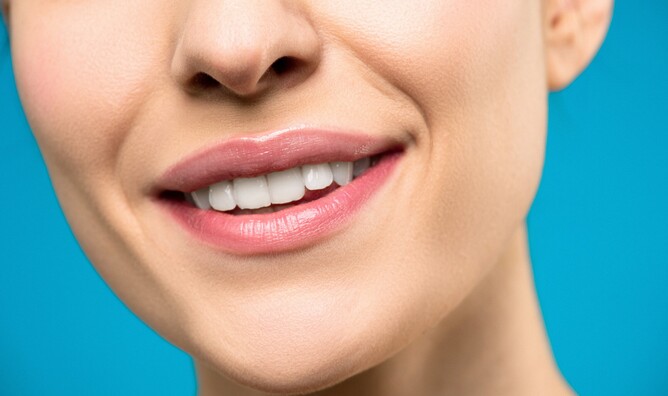Tooth whitening is a process that lightens stains in the tooth enamel (outer layer) and dentine (inner layer) of your teeth, to give your tooth a whiter colour. With improvements in dental health, people are increasingly seeking tooth-whitening treatments to improve their appearance. The benefits of tooth whitening is the confidence of a bright white smile!
Are all teeth suitable for whitening?
There are many causes of tooth discoloration, and any given tooth can exhibit one or more sorts of discoloration, from differing causes. It is therefore important that the cause of tooth discolorations should be identified by a dentist before tooth-whitening treatment is undertaken, as the success of the treatment is very dependent on a correct diagnosis, which will normally require taking a thorough history including radiographs (x-rays), a dietary and a social history. In some cases tooth whitening maybe difficult or ineffective, for example tooth with staining caused during tooth formation by certain antibiotics.
Tooth whitening mechanism:
The active ingredient in tooth whitening products is typically hydrogen peroxide. Hydrogen peroxide is a strong oxidising agent which is thought to react with the dark coloured molecules located within tooth enamel and dentine making them smaller and less-coloured and rendering the tooth ‘whiter’. It should be noted that not all coloured molecules are susceptible to the action of hydrogen peroxide and so the correct diagnosis is important. The hydrogen peroxide is present in different forms and concentrations depending on the tooth whitening product so it is essential that the instructions given by your dentist are followed.
Tooth whitening methods:
Tooth whitening can be done at home or in the dental office. Depending on the type of discolouration your dentist may advice which method or technique is best for you.
At Home
Your dentist will make an impression for a model of your teeth. Then a thin, custom fitted, clear, plastic tray that fits over your teeth is made for you. At home you are then required to place the whitening gel into the tray, and place the tray over your teeth for up to two hours daily or at night. Though you can see the results after the first day, maximum whitening may take 10-14 days. Your dentist will check on your progress.
In-surgery
Here, the whitening gel is applied to the tooth by your dentist and a special light is used for up to 20-30 minutes to activate the gel. This process may be repeated few times to get maximum whitening.
Safety
Sometimes people will experience increased tooth and gum sensitivity during treatment period. This usually goes away shortly after stopping the treatment. Before having your teeth whitened, it is important to get your teeth checked by your dentist as the whitening agent can penetrate through cracks or cavities in your teeth and can cause damage to the tooth pulp, as well as irritating the gums and lining of the mouth and weakening filling materials. Tooth whitening may also make your old fillings
or crown look darker after treatment, so it is very important to be checked and advised of this before you proceed.
Article sourced from New Zealand Dental Association



